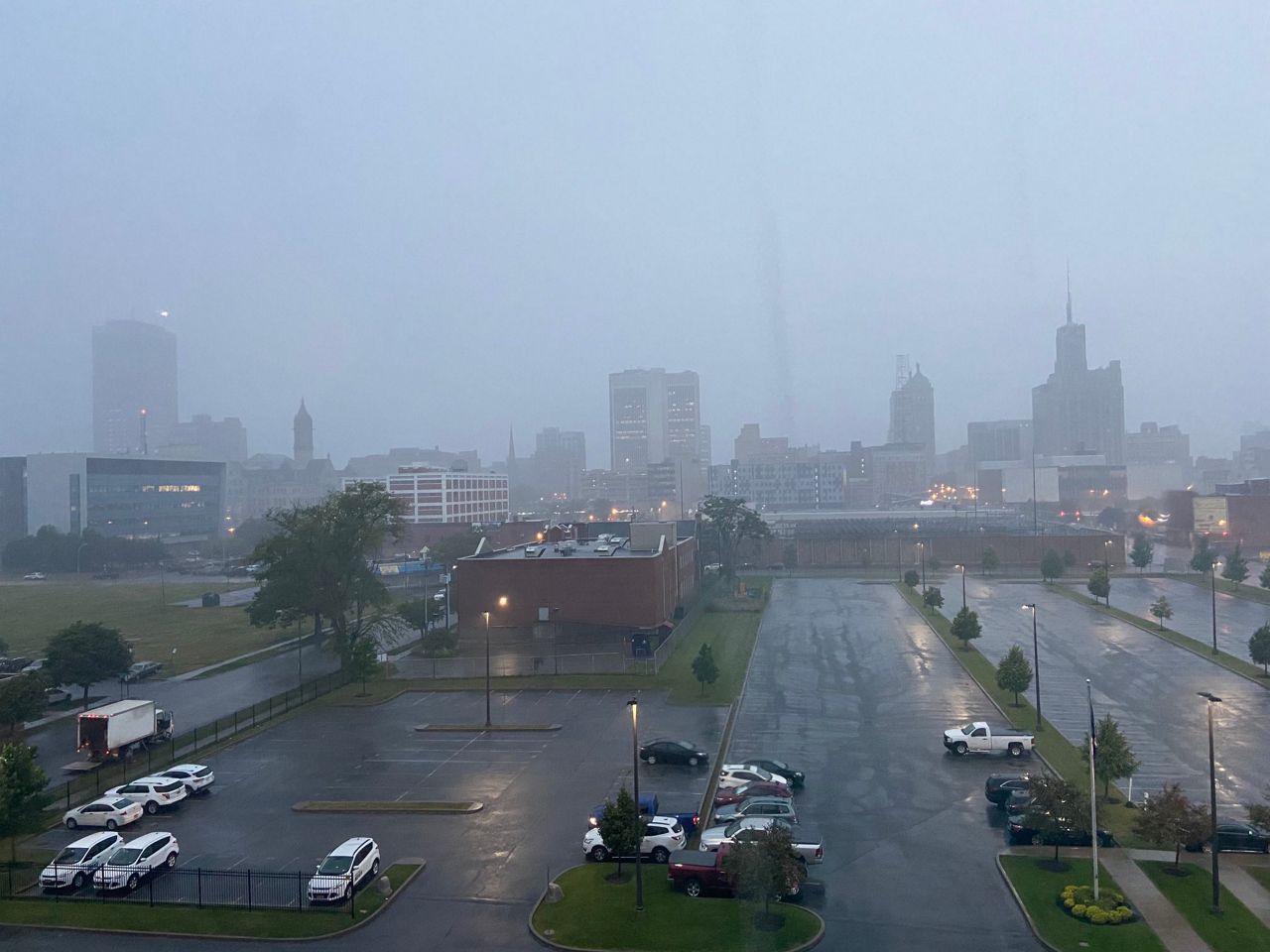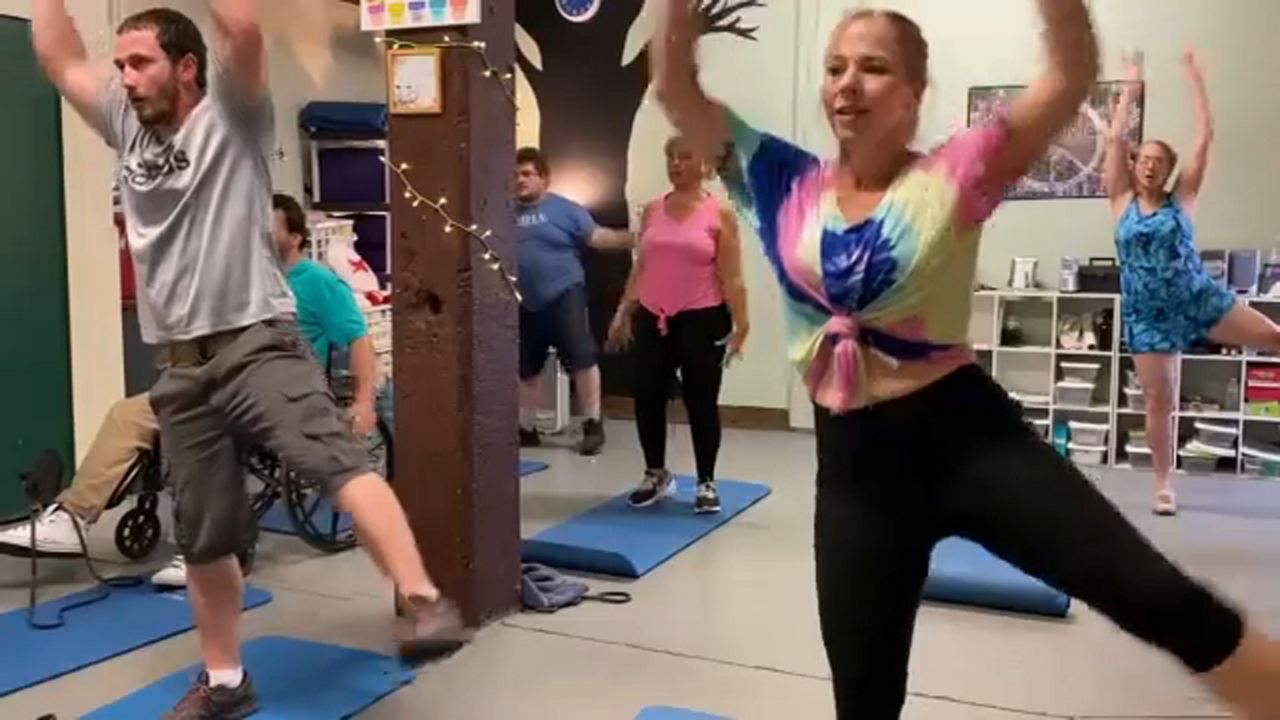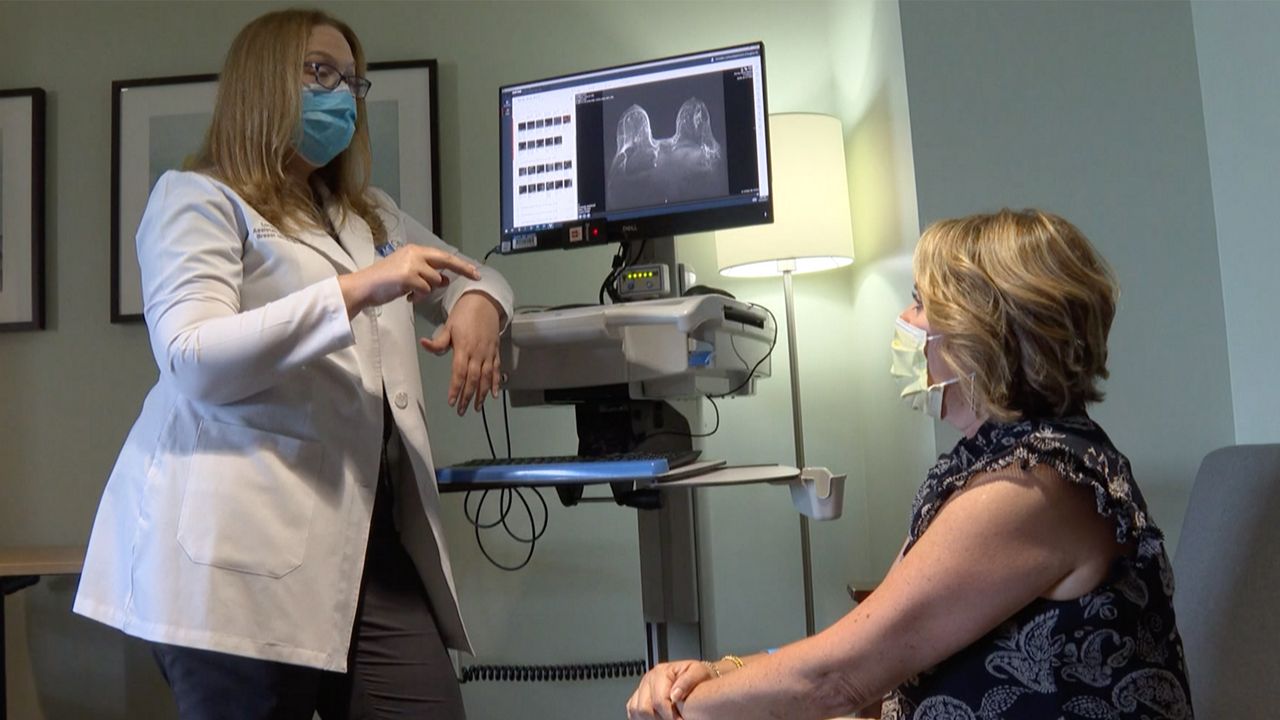Seasonal depression is a real thing, especially felt after Daylight Saving Time. When it gets dark out earlier, it typically gets colder, and it’s easier to fall into a slump.
Otherwise known as seasonal affective disorder (SAD), the seasons we see and feel play a big role in the feelings of sadness you may experience.

The specific cause of seasonal depression has not yet been discovered, but according to Mayo Clinic, there are multiple things that experts know contribute. The reduced level of sunlight in fall and winter can disrupt your body's internal clock and lead to feelings of depression.
In addition, reduced sunlight can drop your serotonin levels. Serotonin is a chemical your body makes to help keep you happy. With less of it, you are likely to not feel as content.
Last but not least, the change in season can disrupt the balance of the body's level of melatonin, which plays a role in how you sleep and we all know how important sleep is.
So how do you know if you are suffering from this form of depression? Symptoms of SAD typically start in the fall and last throughout the winter months. Conditions to look out for include:
- Feeling depressed most of the day
- Losing interest in activities you once enjoyed
- Having low energy
- Having problems with sleeping
- Experiencing changes in your appetite or weight
- Feeling sluggish or agitated
- Having difficulty concentrating
- Feeling hopeless, worthless or guilty
In addition, the further away from the equator you live, the more likely you are to experience the winter blues. These signs of SAD should not be ignored rather treated.
That doesn’t mean you need to run to the doctor right away and get medicine. There are ways to treat it right from home. For starters, finding healthy and fun hobbies to get you through the colder months is important.
For me, it’s a book club, but you can do anything that you enjoy. If distracting yourself and keeping busy doesn’t work, you may want to invest in a light box. A previous colleague of mine used one of these at her desk and swore by it. Just 20 – 30 minutes by the bright light is said to boost your mood and alleviate some symptoms.
Adding aromatherapy to your life can also have a huge positive impact. Lavender is very calming and peppermint can help motivate. I use both on a semi-regular basis to keep me feeling my best.
Working out is always another option. There are very few negative side effects of increasing your exercise routine and many more positives. Try it out, even if it’s just yoga or walking around the block.

If all else fails and your budget allows, going on a vacation to a warm and sunny place helps. Even a short break from your daily routine in a sunny place can have a huge positive impact. I like that approach best.
If your symptoms worsen, going to the doctor is, of course, critical.

For more blog posts about weather and how it can impact you, follow Meteorologist Kaylee Wendt on Facebook, Instagram and Twitter.



